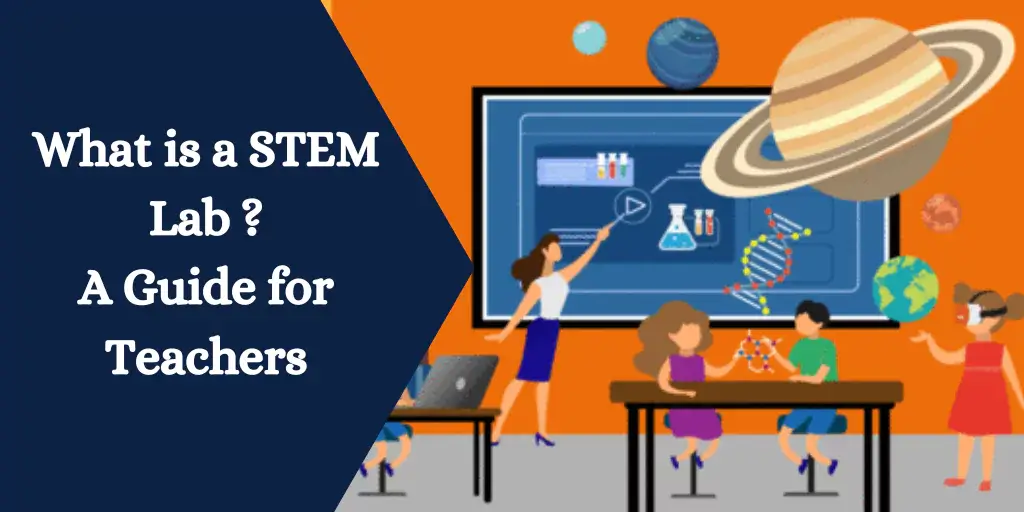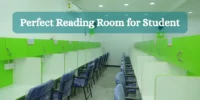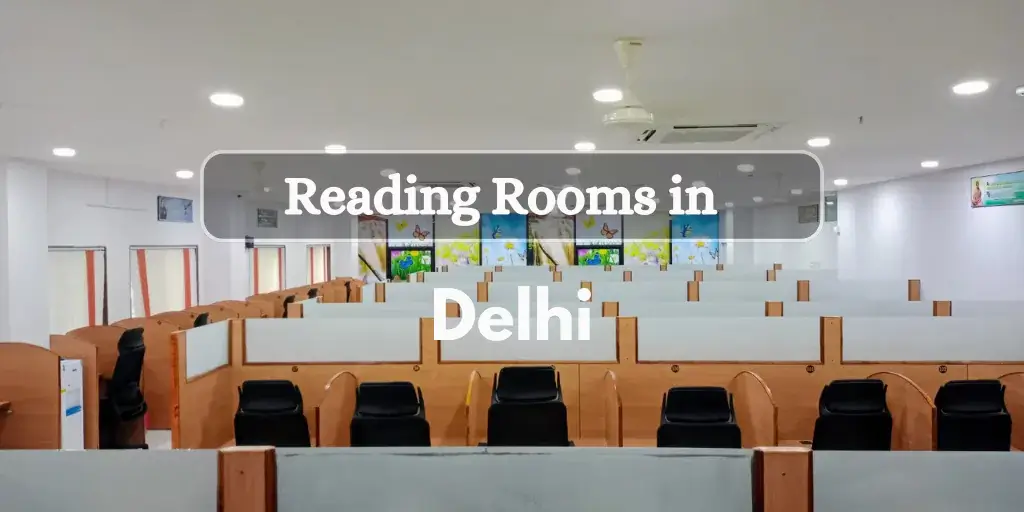Recently updated on June 26th, 2025 at 07:35 am
A workspace or specialised laboratory focused on the disciplines of science, technology, engineering, and mathematics (STEM) is commonly referred to as a STEM lab. In essence, a STEM lab’s purpose in an educational setting is to give students practical experiences, projects, and experiments in these fields.
Moreover, to facilitate hands-on learning in subjects like physics, chemistry, biology, computer science, engineering, and more, it frequently consists of supplies, equipment, and tools. Through interactive and interesting activities, STEM labs hope to promote creativity, problem-solving abilities, and a deeper comprehension of STEM concepts.
What is STEM’s Full Form?
The full form of STEM is Science, Technology, Engineering and Mathematics
What is STEM-based learning?

Furthermore, an integrated learning framework that incorporates Science, Technology, Engineering, and Mathematics is known as STEM-based learning. By contrast, by using these subjects in real-world situations, this cross-curricular strategy seeks to teach students analytical, problem-solving, and critical thinking skills.
Ultimately, the focus of STEM education is on personal, project-based learning that encourages students to work together, conduct experiments, and investigate real-world applications of mathematical and scientific ideas.
What is the meaning of STEM-based learning?
Consequently, STEM is a shorthand for Mathematics, Science, Technology, and Engineering. However, it goes beyond that. STEM has come to stand for a distinctive method of instruction that emphasises the interests and learning preferences of each student. This indicates that, ultimately, all students can benefit from STEM education.
Also check: STEM Activities for Kindergarten
What is an example of STEM learning?
A robotics project in which students design, construct, and program a robot to carry out specified tasks could serve as an illustration of STEM learning. Several STEM components are included in this project:
Science: Students gain knowledge of the physics, mechanics, and electronics concepts related to the construction of a robot. For example, they might look into things like sensors, energy, and motion.
Technology: Additionally, students program the robot’s movements and features using technology. As a result, they gain knowledge of coding, utilise design software, and comprehend how technology can automate processes.
Engineering: Moreover, engineering principles are used in the robot’s design and construction process. To maximise the robot’s performance, students apply ideas like structural stability, gearing, and problem-solving.
Mathematics: Furthermore, calculating lengths, angles, and other measurements required for programming and designing the robot requires the use of mathematics. Consequently, students may improve and enhance the robot’s capabilities by applying mathematical ideas.
Students learn theoretical information as well as useful skills like problem-solving, cooperation, and critical thinking throughout this project. Moreover, this practical, broad approach perfectly captures the ideals of STEM education, in which various fields collaborate to solve practical problems or produce real-world goods.
Also check: STEM Activities for First Graders
What are the 3 benefits of STEM?
- Critical Thinking Skills.
- Collaboration, Communication, and Teamwork.
- Workforce Readiness.
What are STEM Lab activities?
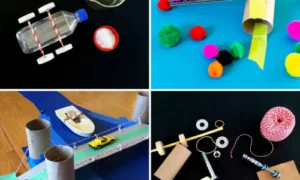
1. Robotics Challenges
2. Science Experiments
3. Coding Projects
4. Bridge Building
5. Mathematical Modelling
6. STEM Challenges
8. Environmental Studies
9. Space Exploration Simulations
10. Biotechnology Investigations
Also check: STEM Activities for Second Graders
Some courses that are good for STEM Lab students include:
Biomedical engineering, Mechanical Engineering, Environmental Engineering, Database Administration, Computer Programming, Civil and Industrial Engineering, and Materials Science and Engineering.
Also check: STEM Activities for Third Graders
Some significance and impact of STEM Lab
- Firstly, The Rise of STEM Education
- Additionally, Hands-On Learning in Action
- Moreover, Interactive Experiments and Projects
- Furthermore, Promoting Collaboration and Teamwork
- In addition, State-of-the-Art Equipment and Resources
- Consequently, Inspiring Future Innovators
- Thus, Addressing the Skills Gap
- Finally, Inclusivity in STEM Education
Also check: STEM Activities for Fourth Graders
Where do you get this STEM Lab
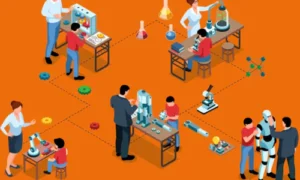
1. Educational Institutions
2. Public Libraries
3. Community Centres
4. Online Platforms
5. STEM Organisations
6. Corporate Partnerships
7. Government Initiatives
8. Maker Spaces and Innovation Hubs
9. STEM Events and Fairs
10. Professional Networks
Also check: STEM Activities for Fifth Graders
In addition, don’t forget to check with your school, neighbourhood libraries, or community centres to see what options are available in your area. Furthermore, online resources can also be a great asset for virtually experiencing STEM subjects.
Conclusion:
These dynamic spaces, therefore, promote the skills and mindset required for success in the constantly changing field of STEM disciplines while also serving as a bridge between theory and practice. Moreover, STEM labs are important engines for the era of hands-on learning that we are entering, helping to shape the next generation of scientists and technologists who will lead and solve problems.
Also check: STEM Activities for Seventh Graders
Also check: STEM Activities for Eighth Graders


